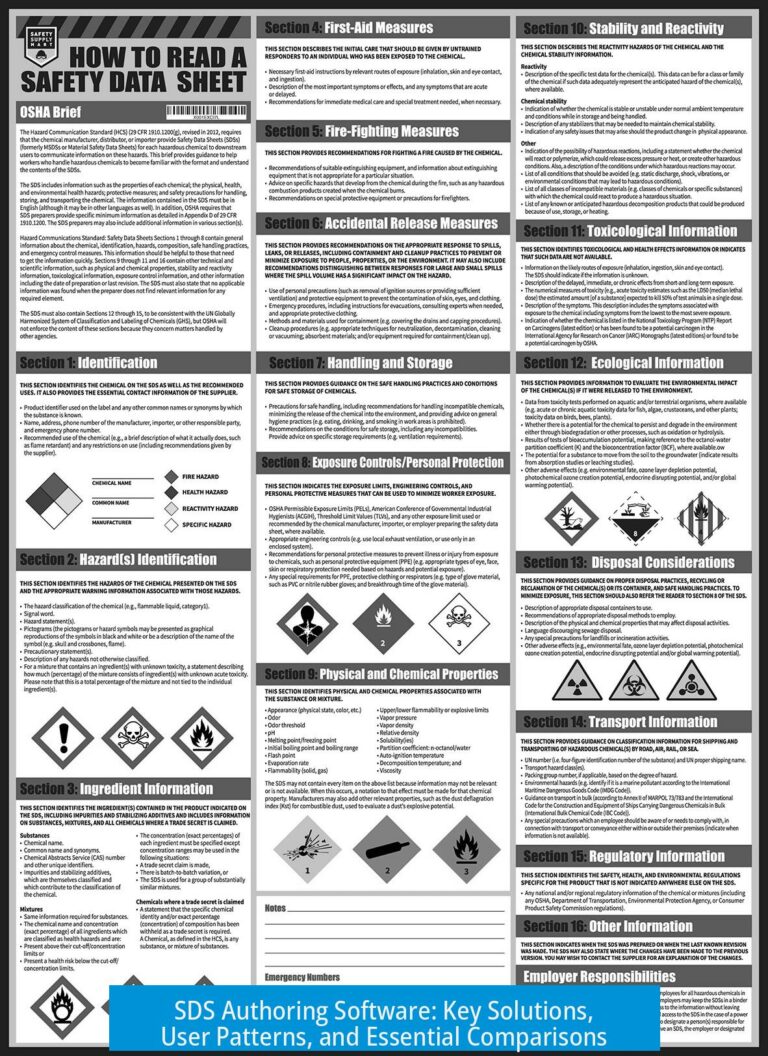Free Molecular Biology Tools to Add to Your Toolbox

Researchers can enhance their work using several free molecular biology tools available today, including Benchling, which stands out as a popular choice. These tools provide functions such as plasmid mapping and sequence analysis without a cost.
Benchling: A Leading Free Tool
Benchling is a cloud-based platform designed for molecular biology workflows. It offers features like sequence editing, plasmid mapping, and data management. Its interface resembles some older software but is continuously updated. Users appreciate its functionality yet sometimes criticize its web-based interface for lacking the responsiveness of desktop applications.
Comparing Old and New Tools
Before the rise of modern platforms, many labs relied on older software versions from university archives, some dating back to the early 2000s. These legacy tools often lack modern user-friendly features but remain in use due to familiarity or lack of alternatives.
In contrast, newer free tools incorporate enhanced visual themes, such as plasmid maps, which help users better interpret genetic constructs. These improvements aid researchers in designing and understanding sequences more efficiently.
User Experience and Terminology in Free Molecular Biology Software
Some users find web-based apps like Benchling cumbersome compared to traditional software, citing a less intuitive user experience. Preferences vary widely, with some favoring the versatility of web apps and others preferring standalone applications.
Moreover, accurate terminology is essential in scientific tools. A noted criticism regards the use of ‘in silica’ instead of the correct phrase ‘in silico’ when describing computational experiments. Maintaining proper scientific language supports clarity and professional communication.
Summary of Key Points

- Benchling is a widely used free molecular biology tool offering plasmid mapping and sequence analysis.
- Older software versions from universities are less user-friendly but still in use.
- Newer tools enhance usability with improved visuals, like plasmid map themes.
- User experience varies; some dislike web apps compared to desktop software.
- Correct scientific terminology is important: ‘in silico’ is preferred over ‘in silica’.
Here are some Free Molecular Biology Tools to Add to Your Toolbox
If you want to upgrade your molecular biology toolkit without spending a dime, here are some free tools that can seriously make your life easier. We’re talking about software that helps with DNA sequence analysis, plasmid mapping, and much more. No more relying on ancient programs handed down from your university’s dusty archives.
Molecular biology is a world moving fast. Thankfully, the software has caught up. We’ve all faced the frustration of old, clunky software that looks like it hasn’t been updated since dial-up internet was cool. For example, that “piece of crap software” from the early 2000s many labs still cling to? Yeah, it’s time to move on.
When you look for free tools in molecular biology, you’ll inevitably encounter Benchling. It’s one of the most popular platforms out there, and for good reason. Benchling offers a sleek interface to design, analyze, and manage your molecular biology data online.
But wait, some folks aren’t in love with Benchling. One major grievance is the user experience, specifically because it’s a web app. For those who prefer “real apps” that live on your desktop rather than loading in a browser, it can feel sluggish or unintuitive. Web apps often get a bad rap here. Yet, they have the advantage of being accessible anywhere with internet access, syncing data automatically—which is a huge plus if you multitask across devices.
So, what’s the alternative? There’s Passage, which looks quite similar to Benchling and is also free. It’s like the new kid on the block whispering, “Hey, why not give me a try?” Passage offers similar molecular biology functions with the promise of a fresh approach. Some users appreciate Passage’s interface resembling Benchling’s but with subtle twists that might better suit individual tastes. Trying each to see what suits your workflow is the smart move. After all, no software fits everyone perfectly.
One cool feature both tools share is the plasmid map theme. If you work with plasmids—which is just about everyone in molecular biology—having a nice, clear plasmid map view is crucial. It helps you visualize genes, restriction sites, promoters, and all the crucial bits like a topographical map, but for DNA. Users consistently note that the plasmid map interface “looks nice,” and that might sound trivial, but a good visual can actually save hours of confusion and reduce errors.
Now, here’s a quick etiquette tip for software developers out there: please stop using “in silica” when you mean “in silico.” It’s a common typo, but it irks users in the molecular biology community. This keyword blunder can hurt credibility. Correct scientific terminology matters because it reflects professionalism and shows the tool’s creators really understand their audience.
Why Should You Care About These Free Tools?
Imagine losing hours on convoluted sequences or messy data just because your software can’t keep up. These free molecular biology tools empower you to:
- Design and edit DNA sequences efficiently.
- Visualize plasmid maps with clarity.
- Collaborate online with peers in real-time.
- Avoid paying hefty subscription fees.
For students, startups, or labs on tight budgets, these free tools keep your work high-quality without draining your wallet. Plus, the cloud-based setups mean never losing data again due to hardware mishaps. Moving beyond the “early 2000’s crap software” means more time for actual science and less for tech headaches.
But What About the Dislike of Web Apps?
You might be thinking: why suffer through web apps with their sometimes clunky feel? Isn’t native software always superior?
Well, it depends. Native apps sometimes offer speed and offline access, but their updates can be slow, and collaboration often requires complicated setups. On the other hand, web apps like Benchling and Passage give automatic updates, cloud storage, and easy sharing, which are major wins in fast-paced research environments.
If you’re really intent on desktop software, keep looking. But for most, the benefits of a free, easy-to-access online tool outweigh the annoyances. Besides, user experience is improving every day, and developers take feedback seriously—so your dislikes might turn to likes soon.
Practical Tips for Getting Started
- Try Both Benchling and Passage. Test them with your own DNA sequences and plasmid samples to see which interface clicks.
- Leverage the Plasmid Map Features. Spend time exploring their map themes—it might change how you design your cloning strategies.
- Mind Your Terms. If you dive into forums or software communities, use “in silico” correctly to avoid looking like a rookie.
- Balance Web and Desktop. Use web apps for collaboration and quick access. Keep desktop apps for offline, intensive tasks.
- Stay Updated. These tools evolve fast. Keep an eye on new features and updates that improve your workflow.
Adding these free tools to your molecular biology toolbox can save you frustration and money. They bring modern convenience, collaboration, and user-friendly visualization to scientific workflows that used to depend on outdated tech. The days of struggling with university-installed relics are over.
In the end, all these tools serve one crucial goal: getting your science done efficiently and accurately. Because, let’s face it, juggling DNA sequences, plasmid maps, and muddled data is hard enough without fighting your software too.
So, what’s holding you back? Check out Benchling and Passage, leverage their plasmid map themes, and wave goodbye to those early 2000s programs. Your future self (and your lab mates) will thank you.
What free molecular biology software can I use to replace outdated university programs?
Benchling is a popular free alternative. It offers many features that old software lacks. It is widely used for molecular biology tasks.
Are there free molecular biology tools with good visual features like plasmid maps?
Yes, some tools include plasmid map themes that enhance visualization. These themes help in analyzing DNA structures effectively.
Why do some users prefer real apps over web-based molecular biology tools?
Web apps like Benchling can frustrate users with their interface. Some feel real desktop apps offer smoother, more reliable experiences.
What is the correct term for computer-based molecular biology analyses, “in silica” or “in silico”?
The correct term is “in silico.” It refers to simulations done on computers, not “in silica,” which is a common mistake.





Leave a Comment